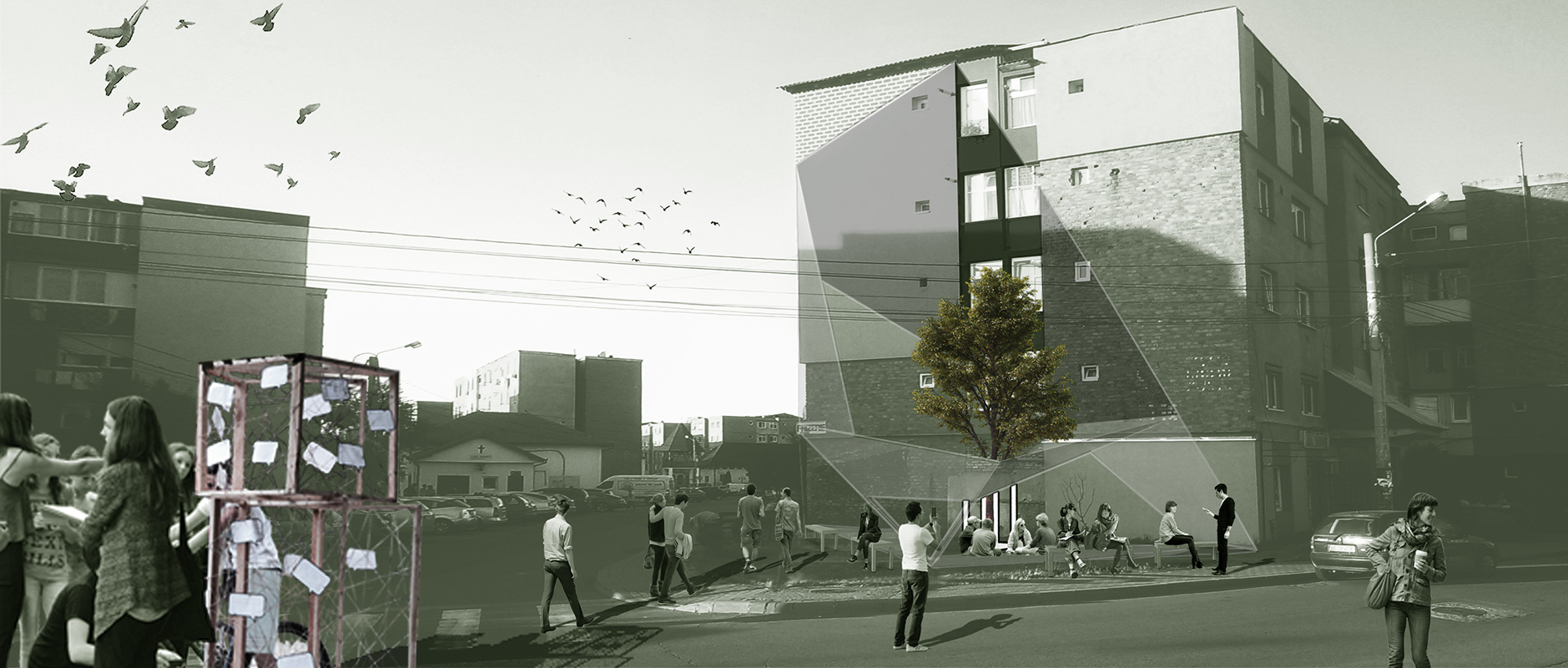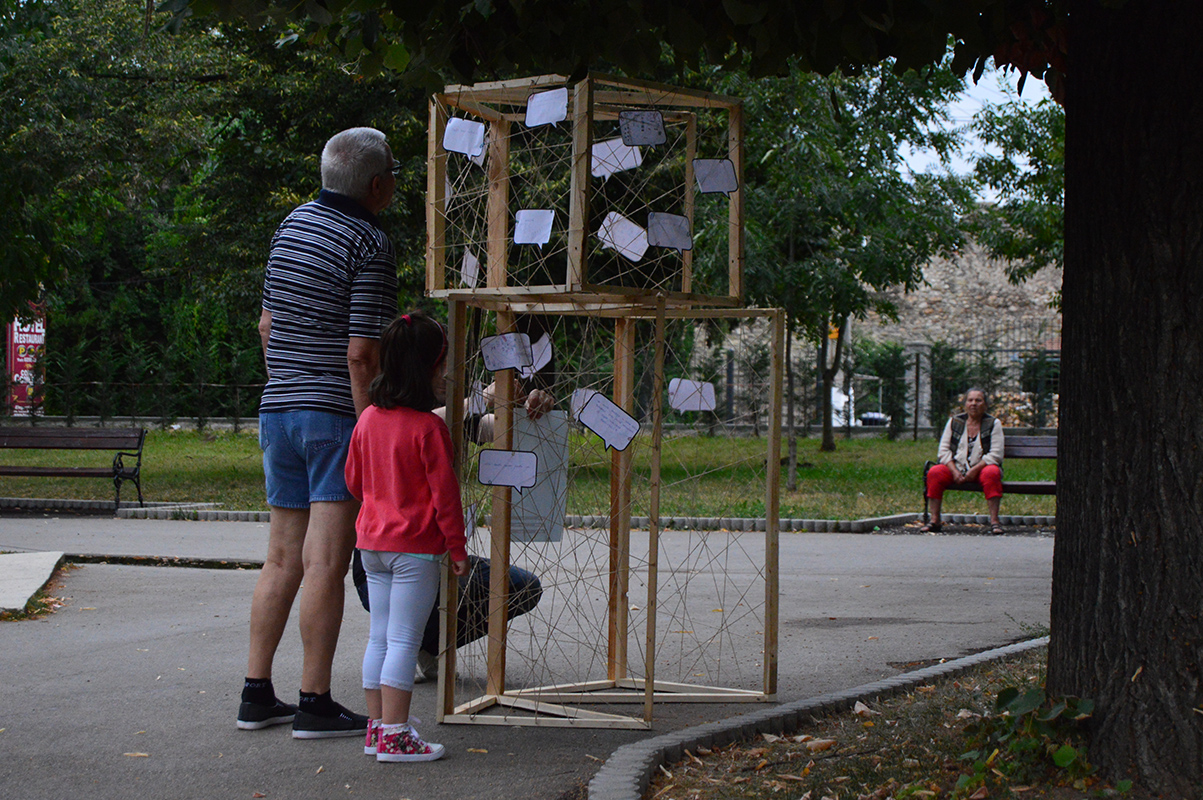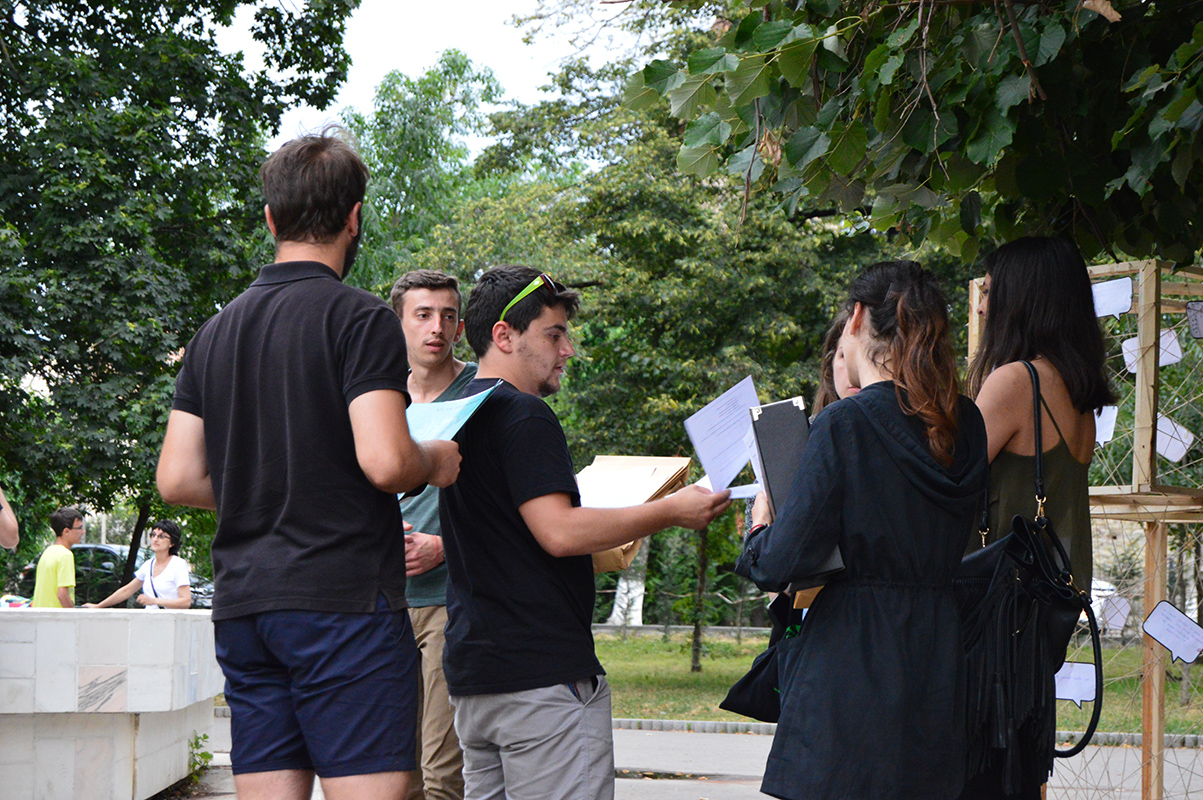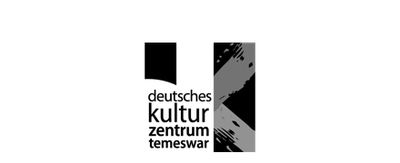Profesia
arhitect
Co-autori
Avramescu T., Bărbătei I., Luca A., Marin A., Matei A., Ocolișan B., Petrașcu D., Pleșea O., Puțan M., Poloca D., Timuț R.
Birou de arhitectură
D-ConteXt Studio
Colaboratori (membri ai echipei):
Cătău D., Dud L., Faur I., Florea A., Giuchi A., Lamoly E., Moga A., Moise D., Moldovan M., Neculaie C., Piț A., Pop E., Popescu R., Tudosie R., Zaha V.
Colaboratori externi:
Asociația Externi, Asociația GISAS, UPT
Location:
Sebeș, jud. Alba, RO
Text de prezentare a lucrării:
The workshop premises were the analysis, the interaction and the integration of site adapted design solutions, based on real and documented information. The first phase consisted in zoning the town, marking the meeting places, promoting the events (radio/TV, internet), creating the Facebook community and posters placed on the sites. The strategy includes the site discussions, each evening of a week being dedicated to a certain site. The talk must point out the real problems, finding the weak points or strong points of each neighborhood, and creating a starting point in the process of getting the people in the street focusing on “healthy” social activities, but especially setting a critical point from which, or to which the people are starting to get involved. All those phases are creating an interactive discussion panel, which can be used by people willing to express their opinions. Besides the quiz, there is an installation which has the purpose to gather ideas for the community and neighborhood, presented as texts or drawings, on bubble talk shape papers, attached to the mobile panel. The gathered information is centralized using a chart next to the panel, which is left on the site. This offers the opportunity of discussions and debate regarding the problems. In Kogalniceanu neighborhood, “the place” found suited for implementing the solution, a place which initially had no urban interaction, was transformed in a meeting point aimed to increase the social activities and debate angles.According to the charts, the citizens are more interested and active in taking decisions regarding their neighborhood than in taking decisions related to the town.Following this steps, we decided that the strategy should take into account the creation of a connection between the meeting points in the neighborhoods and the administrative, central area. The aim of our intervention is to make the people aware of their town and the creation of a link between the implemented element and exterior communication effect found in the relation between the neighborhood community and the central one. The message will be sent using a tree which will be planted in the meeting “place”, who has a pair tree in front of the town-hall. That way, each area can find, using an organic approach, its representative image in the relation with the center. This will emphasize the constant connection with a bigger community, but in the same time keeping the local identity and values intact.

